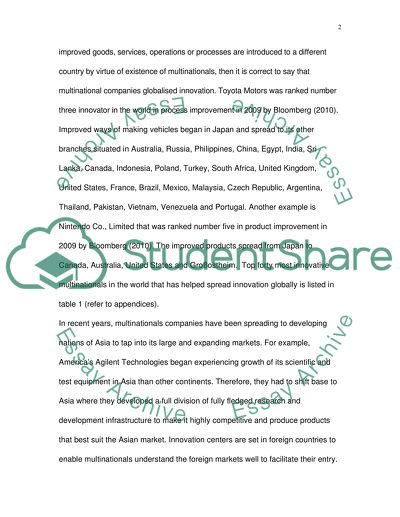Cite this document
(“Discuss the Role of Multinationals in the Globalisation of Innovation Essay”, n.d.)
Retrieved from https://studentshare.org/environmental-studies/1412088-discuss-the-role-of-multinationals-in-the-globalisation-of-innovation
Retrieved from https://studentshare.org/environmental-studies/1412088-discuss-the-role-of-multinationals-in-the-globalisation-of-innovation
(Discuss the Role of Multinationals in the Globalisation of Innovation Essay)
https://studentshare.org/environmental-studies/1412088-discuss-the-role-of-multinationals-in-the-globalisation-of-innovation.
https://studentshare.org/environmental-studies/1412088-discuss-the-role-of-multinationals-in-the-globalisation-of-innovation.
“Discuss the Role of Multinationals in the Globalisation of Innovation Essay”, n.d. https://studentshare.org/environmental-studies/1412088-discuss-the-role-of-multinationals-in-the-globalisation-of-innovation.


